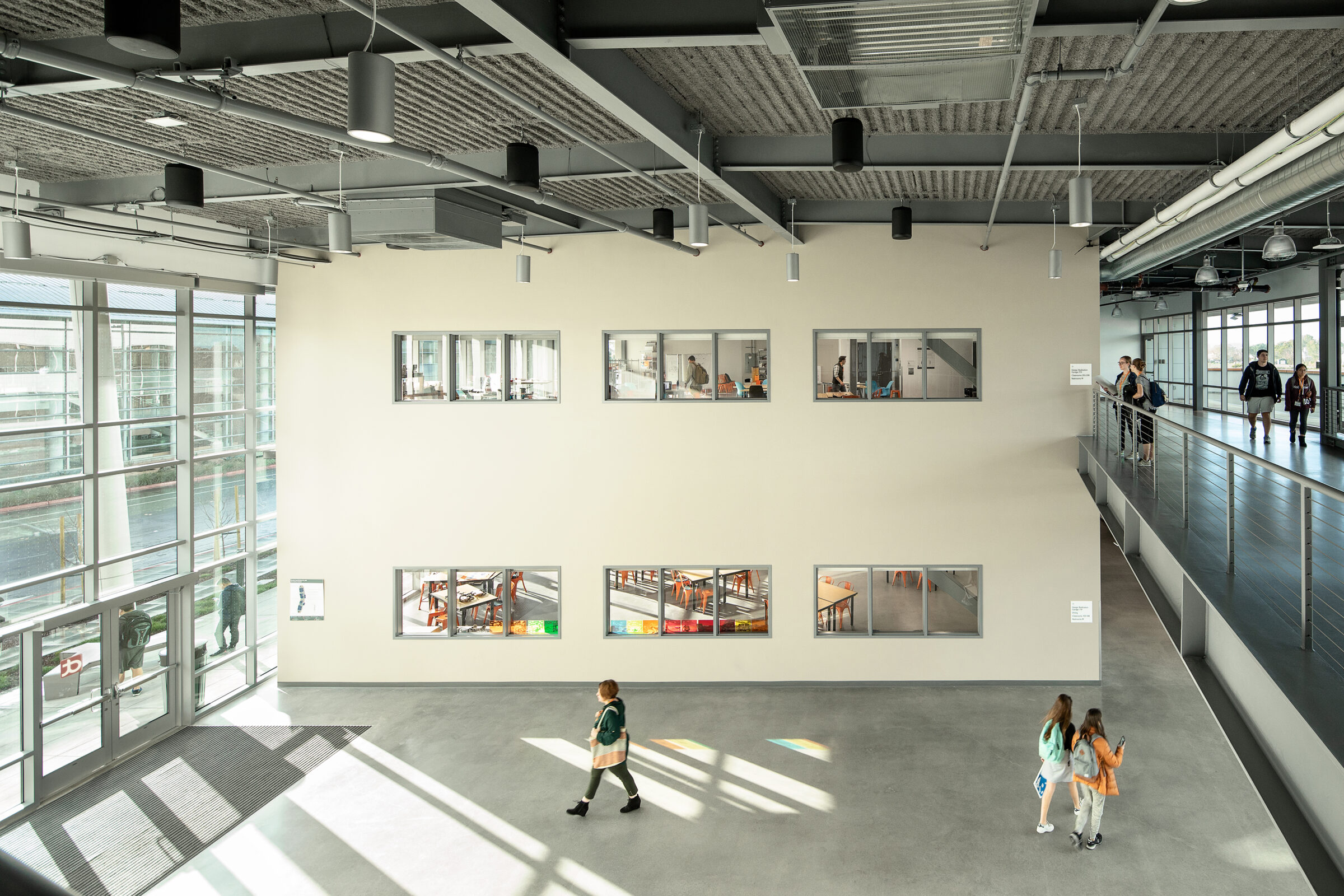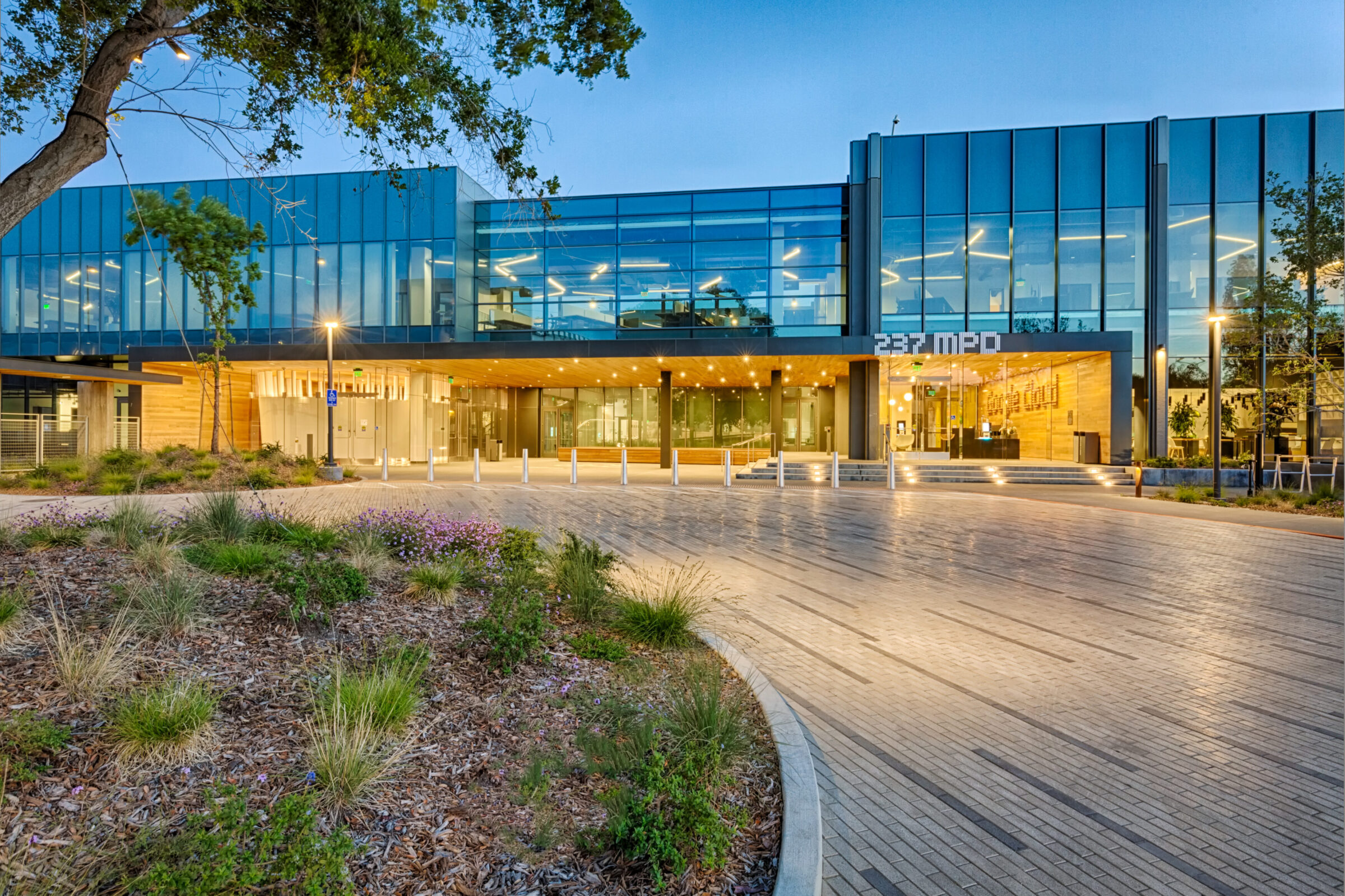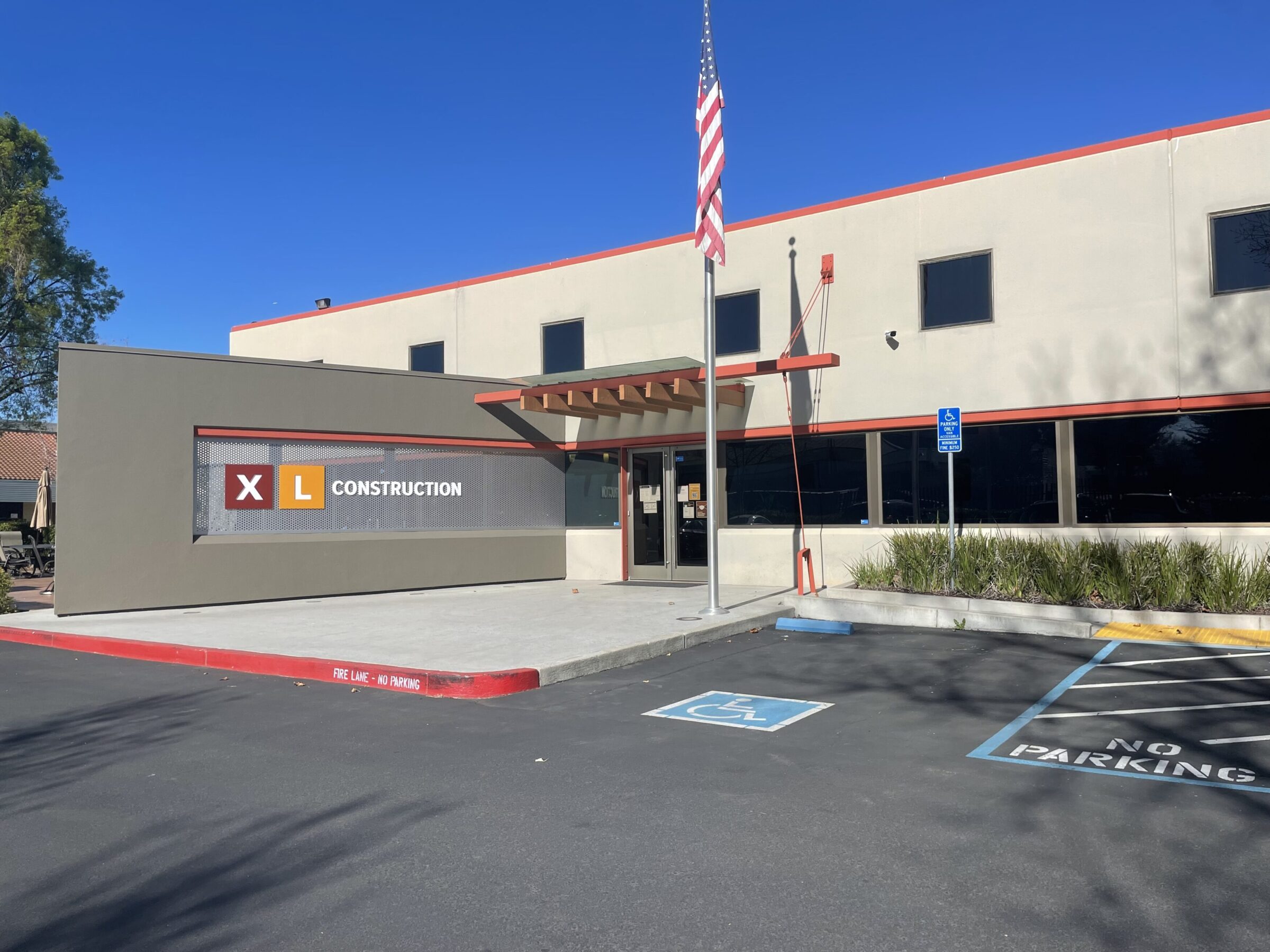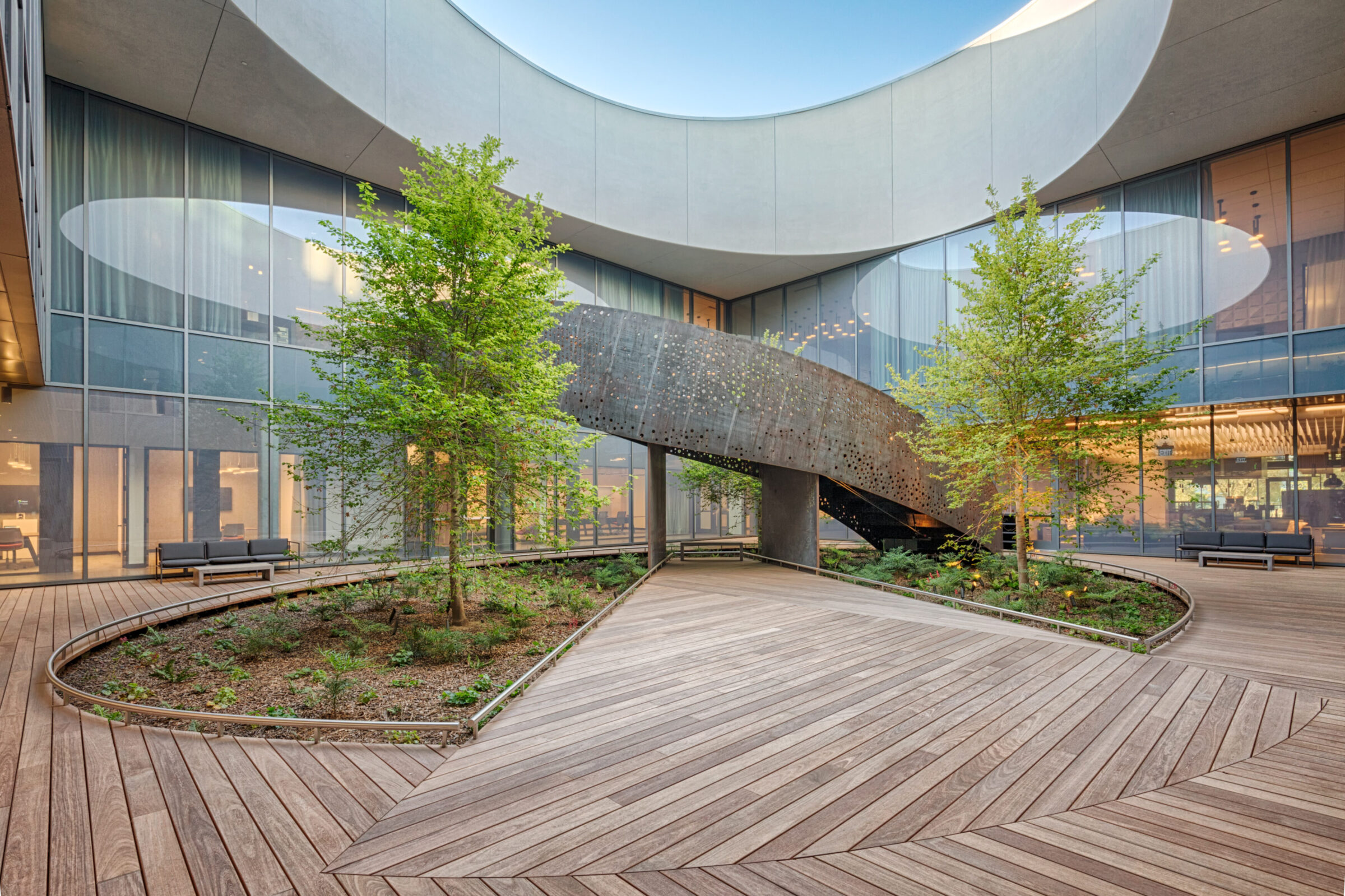Handling Mass Timber on the Jobsite
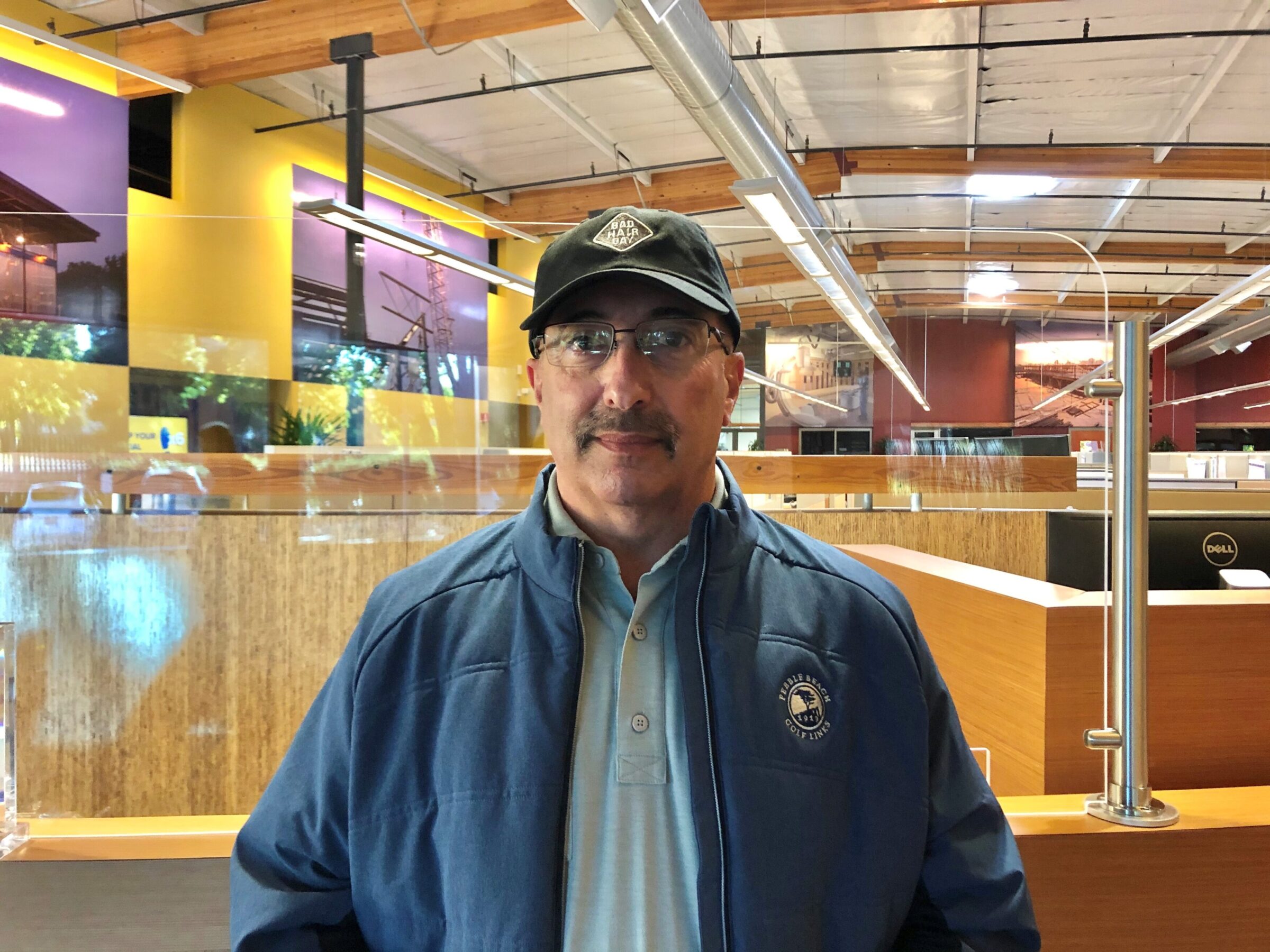
Mass timber construction has taken hold in a big way.
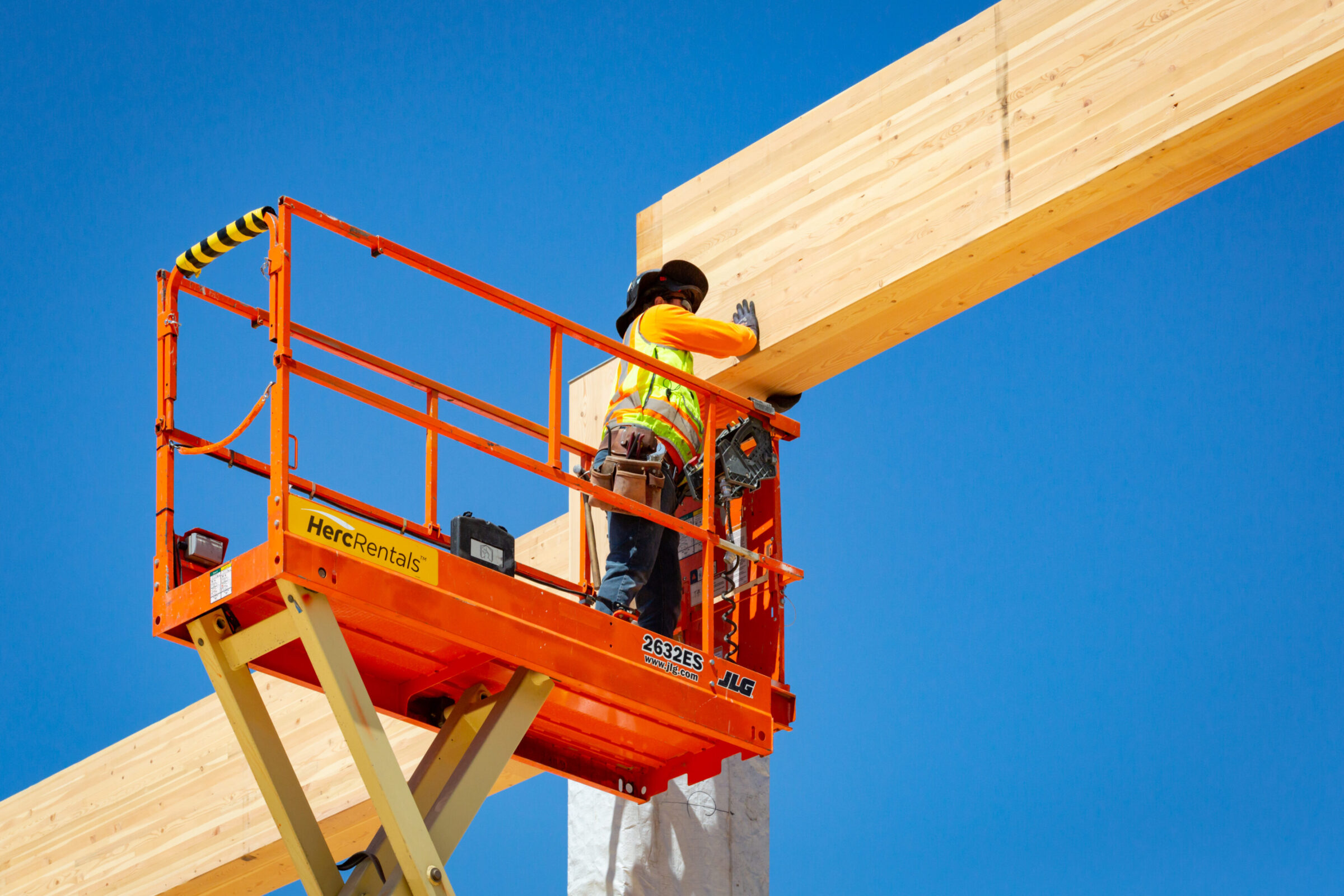
Mass timber construction has taken hold in a big way. These structures, made of various types of wood products such as cross laminated timber, glue-laminated beams, laminated veneer lumber, nail-laminated timber or dowel-laminated timber, rival traditional steel and concrete building materials in terms of durability, seismic performance and fire resistance. They are also lighter in weight and result in less costly foundations. In addition, because mass timber components are machined to a high precision (+/- 1mm), the installation onsite is faster, less noisy and utilizes a smaller crew than alternative materials.
Not to mention, they are really good looking buildings.
As a superintendent, I have seen the differences between working with mass timber and traditional construction materials first-hand. Below are best practices that, in my experience, will meet and exceed clients’ expectations for planning and executing mass timber projects.
Preconstruction: planning and securing materials
A major differentiator of mass timber is that it is intended to be exposed, so the structure itself should be beautiful and consistent. To help achieve this, early mechanical, electrical and plumbing penetrations and required beam cutouts should be completed so timber can be modified during manufacturing. Cutting penetrations at the manufacturer may take a matter of minutes and cost virtually nothing, whereas it may take an hour if drilled on the jobsite. In addition, this step minimizes the risk of unsightly and costly damage that can hold up a job’s progress.
Planning the scheduling of manufacturing and the sequence of deliveries from the supplier will enable you to receive and deliver materials most efficiently. For instance, it may save time and money to have all similar members manufactured at once. You will also be able to maximize delivery loads based upon weight and space.
Having the design of the building completed as early as possible will provide you with the ability to understand how much space you will need to store the mass timber before and during a job. Do you have the space to store it at the jobsite? If not, you will need to make arrangements for a staging yard and coordinate a “just-in-time” delivery schedule that will make sure the materials are delivered as closely as possible to when they need to be installed. A goal in erecting mass timber projects is to get the roof installed to allow activities below to follow.
A staging yard not only provides additional space to store materials, but also enables more flexibility in receiving and organizing mass timber and other materials from the manufacturer for efficient erection. With steel, where most fabricators are close by, materials can be craned directly from a truck. This is rarely the case with mass timber, where the suppliers are typically much further away, there may be fluctuations in manufacturing and elements are bulkier —making them more difficult to effectively package for installation directly from the truck.
Another reason a staging yard may be called for is that manufacturing the mass timber product often takes three-to-four times longer than the installation, resulting in the need to collect and hold these materials in advance.
It also gives you peace of mind because you can confirm all materials are in the yard and are sorted and checked for damage before the project begins. In addition, you have the opportunity to pre-install any hardware or screws that could not be put in place by the mass timber manufacturer.
Handling mass timber with care
These quick tips will help you exercise caution and avoid common mistakes in the handling of mass timber:
- Use thicker stickers between members to keep timber from being damaged by site forklifts during unloading
- Strap loads properly to prevent chatter marks on timber during shipping
- Set dunnage at the appropriate height and keep members level to eliminate water damage and warping
- Use additional UV-protective tarps to store inventory in order to prevent suntanning that impacts color consistency and bakes printing labels onto the surface of the timber
- Avoid water damage from heavy rains by paying attention to detail in wrapping mass timber to prevent the ponding of water and open tarps after storms to allow moisture to escape
A final touch on mass timber projects, not applicable to steel or concrete jobs, is the process of sanding and sealing the wood to complete the finish. The best time to do this is prior to façade installation so that dust from the sanding and overspray from sealing do not get on or into the façade systems. Installation of the roof will make sanding and sealing more manageable (it is easier to protect buildings from the sides if water is not coming in from above). After this process is complete, columns exposed to direct sunlight will need to be covered with a surface-protection product from top to bottom and those not in direct sunlight should be covered up to eight feet to protect from trade damage.
Superintendents that do the necessary homework to understand mass timber and effectively plan their upcoming projects will find it very rewarding. Given its growing popularity and proven results in yielding more sustainable buildings, the future holds many opportunities for those who build their experience and expertise in mass timber.
Joe Hovan is a senior superintendent with XL Construction.
Source: Construction Superintendent
Keep up to date with our latest news and industry insights.
